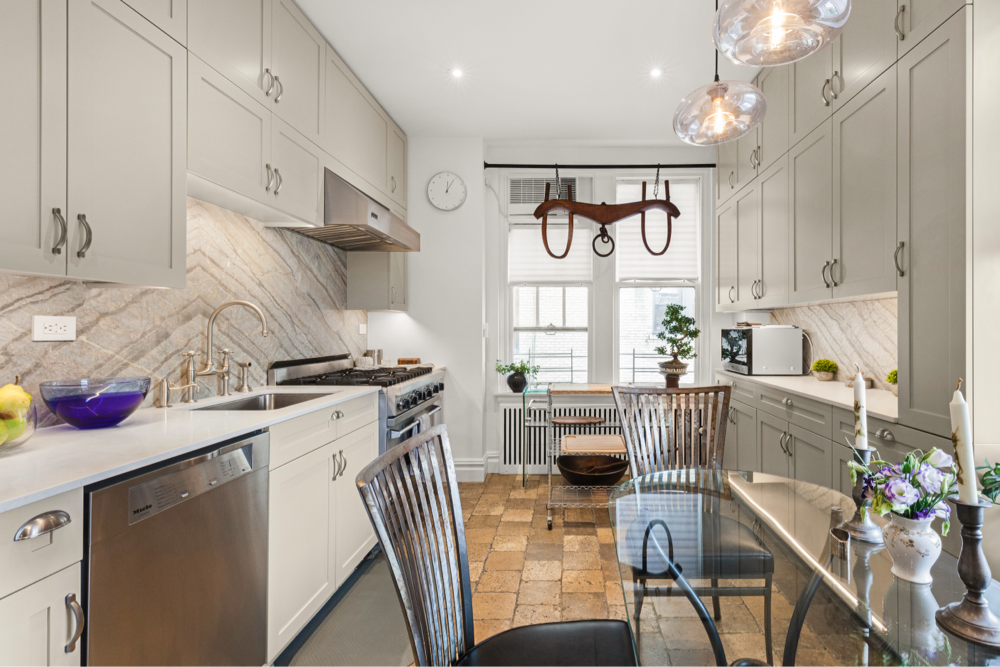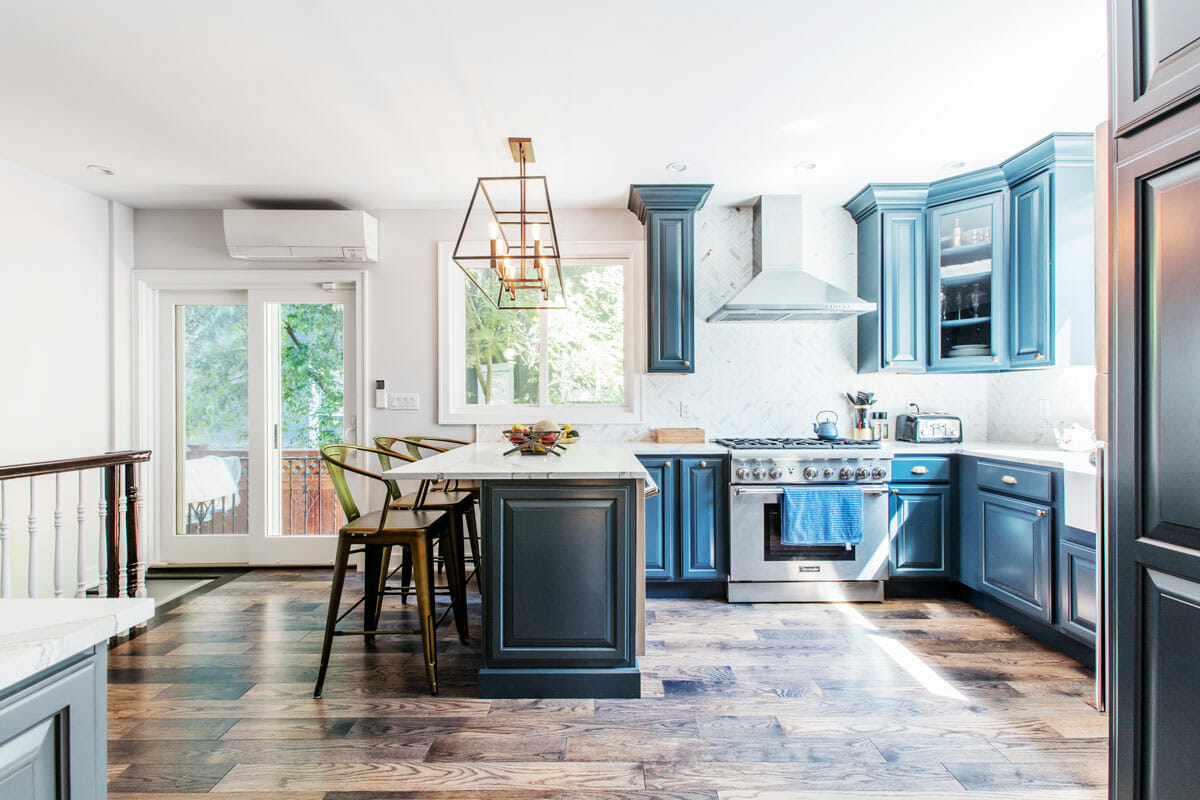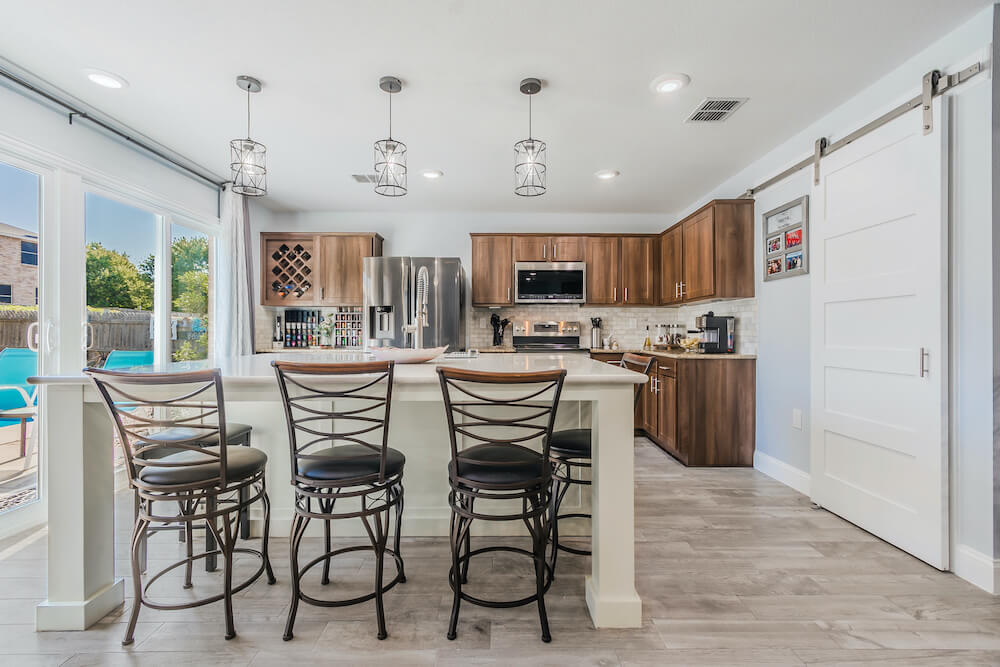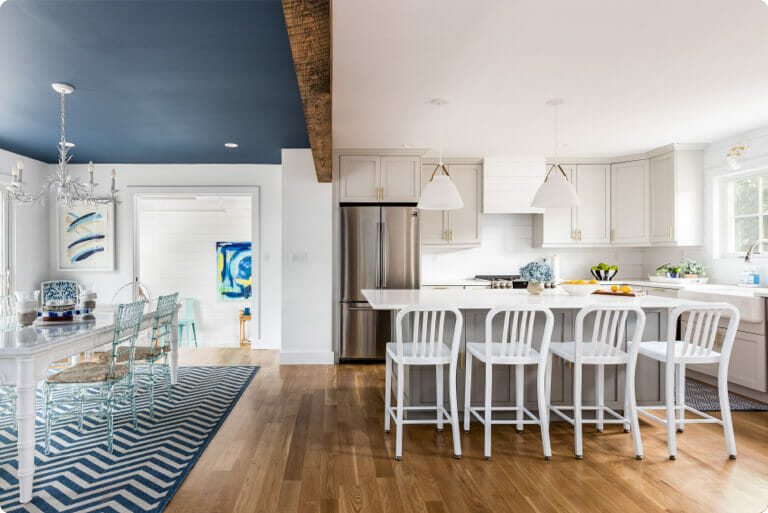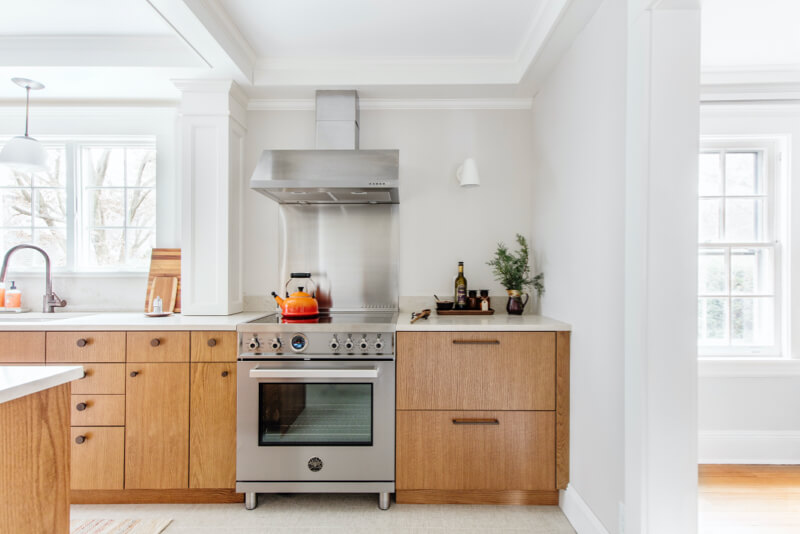How to Compare Contractor Bids for Your Remodel
Comparing contractor estimates can feel overwhelming. With different formats, levels of detail, and pricing structures, how do you determine which bid is truly the best fit for your project? This guide empowers you to become a pro at comparing estimates. We’ll break down key factors to consider, empowering you to choose the contractor who aligns perfectly with your budget and vision.
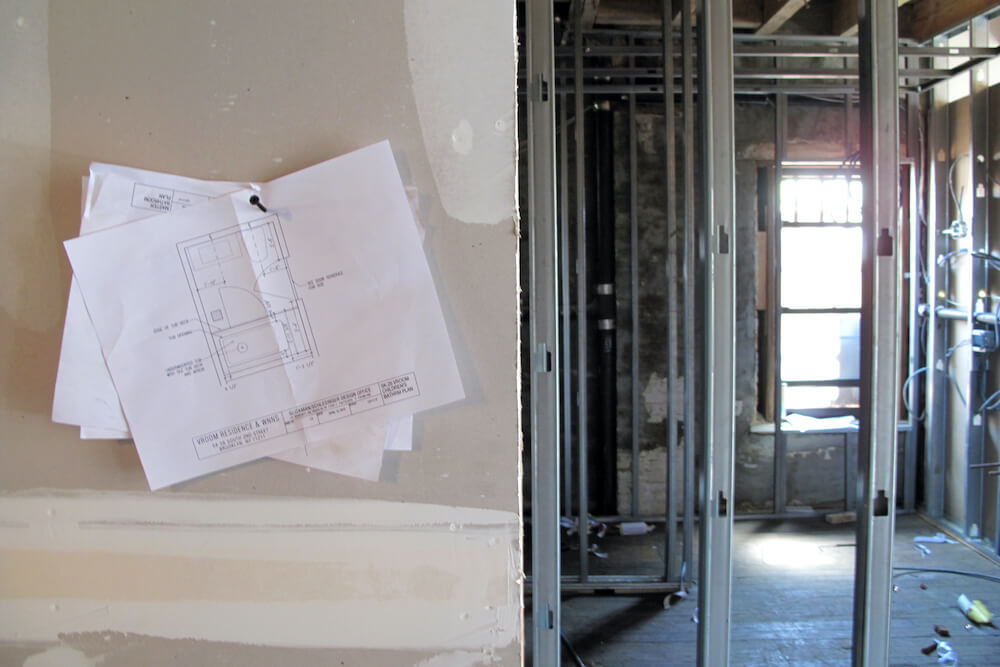
One key part of choosing a contractor for your renovation is how to compare remodeling estimates. At this point, you have interviewed contractors and received their proposals. Estimates can vary drastically in terms of look and format. However, all estimates should include at least two things: a detailed scope of work and a price.
How do you compare them when one is five pages long while the other is just one? Or when one is grouped by room, and the other is grouped by task? A note on terminology: “bid,” “estimate,” and “proposal” refer to the same thing.
At Sweeten, we’re experts at all things general contractors — we pre-screen them for our network, carefully select the best ones for your remodeling project, and work closely with hundreds of general contractors every day. So, we’ve tapped our internal expertise to bring you this guide.
How many contractor estimates should I get?
We recommend getting at least three contractor bids. This allows you to understand the price of the work. You’ll have a low, a medium, and a high bid and likely some differentiation in the services offered by the general contractors. Getting multiple estimates also gives you the chance to experience different personalities and communication styles. These are subjective factors important in your decision-making process. A great rapport with your general contractor goes a long way in achieving a successful renovation.
Breaking down how to compare contractor bids
Similarities and differences in contractor estimates
Even though bids may come in a variety of formats, major work categories (like demolition, plumbing, electrical, etc.) are usually called out specifically. To begin, find the biggest categories of work in each bid and see how those costs compare. You’ll get a sense of how your candidates are thinking about the work and the time/skill needed to complete it.
There may be spots where bids diverge significantly. Some categories may be in some estimates but not others.
- For example, the inclusion of skim coating in a whole apartment remodel can increase the budget dramatically but not in all cases. One contractor may have included it, while another has not.
- Your site visits with individual contractors may include ideas or suggestions that didn’t come up with other candidates, making a line-by-line comparison even more challenging.
- Each contractor may vary slightly in their approach to completing the work. Avoid major discrepancies in scope by confirming the work that you would like to bid out after the visit.
Including your HOA requirements
Check to confirm any requirements for renovating with your co-op/condo board or HOA. Factors like site/hallway protection, access to parking and service elevators, and work hours can impact the efficiency of labor and therefore the price of the job.
Renovate expertly with Sweeten
Sweeten brings homeowners an exceptional renovation experience by personally matching trusted general contractors to your project, while offering expert guidance and support—at no cost to you.
Post-site visit follow up
You should feel free to follow up with your candidates to:
- clarify any particular costs
- give them an opportunity to provide a price for an idea that may not have come up during your site visit
- ask for their input on areas where taking another approach might help you achieve what you want at a lower cost
How material choices factor into the bid
Assumptions are built into bids in different ways. Site visits give you a chance to meet with candidates and explain a broad overview of what you want to do. But if you don’t know the exact materials you plan to use, general contractors will provide “allowances” or educated guesses about what you will choose to spend on the materials based on the finish level you discussed.
For example, you might suggest you want very basic tiles, and out-of-the-box cabinets, nothing fancy. A general contractor might price with the assumption that you will buy budget-friendly materials. Or, you might suggest you want a luxurious countertop material and unique backsplash tiles to recreate the kitchen. The contractor might price assuming you’ll purchase mid-grade, high-end, or luxury materials.
It is important for you to understand the assumptions underlying the allowances. Anything in excess of the allowances in the bid, you’ll have to pay for out of pocket. That said, some contractors leave allowances out altogether. It would be left to you to cost analyze within your whole remodeling budget, plan for, and purchase your finished materials.
Look for places where major material purchases (and permits, if applicable) are or are not itemized in the pricing. Does it vary across bids? The goal here is not to negotiate a particular price down but to clearly compare your options. Don’t walk away from a great contractor because a price that looks high specifies materials that aren’t included in another bid. Get clarity on assumptions about materials before you make your decision so you aren’t surprised when it comes time to buy items that weren’t in the bid.
How Sweeten’s bid-leveling call helps you
Sweeten walks you through how to compare contractor bids
At this point in the pre-renovation process, you’ve posted your project and met all of your contractors. You should have three or more estimates (from both Sweeten and non-Sweeten contractors).
To get a clearer understanding of the bids, set up a 30-minute call with us on how to compare contractor bids. This call can be extremely helpful in learning more about each contractor and deciding who suits your project best.
Answers the questions you’re afraid to ask
Perhaps most importantly, Sweeten renovators have reported that the call was a chance to ask all the questions they were afraid to ask, including construction terminology. Homeowners felt more comfortable making a decision.
The prep: Prior to your scheduled call, share the bids you’ve received and are considering—including from contractors who are not affiliated with our network. We will review the bids prior to the call and come prepared to share our observations.
Get the inside scoop on Sweeten’s recommended contractors
We work closely with our contractors and can share our experience working with the recommended contractors. Once we understand your goals, preferences, and feedback, we can weigh in on who we think could be a good fit in terms of collaboration, style, and services offered. We can also discuss how they performed for other Sweeten homeowners during their renovations.
Start your renovation with Sweeten
Discuss best practices for hiring and kicking off construction
It’s good to reflect on general best practices before choosing a firm, signing a contract, and starting construction.
We can discuss some of the things you should be thinking about and asking about at this point in the process. For example, getting to a place where you are really comfortable with the scope of work document and draft contract, what is included and excluded, and what the process for a change order is if that arises during construction.
We can coach you on next steps and follow-up questions you should ask your general contractor. Our goal on this call is to help you lay the groundwork for an excellent partnership with your general contractor. It will set you up for a satisfying renovation process in addition to a great finished product!
—
We can help you plan your renovation
Find endless home renovation inspiration, detailed guides, and practical cost breakdowns from our blogs. You can also post your project on Sweeten today and get matched with our vetted general contractors and get estimates for free!



